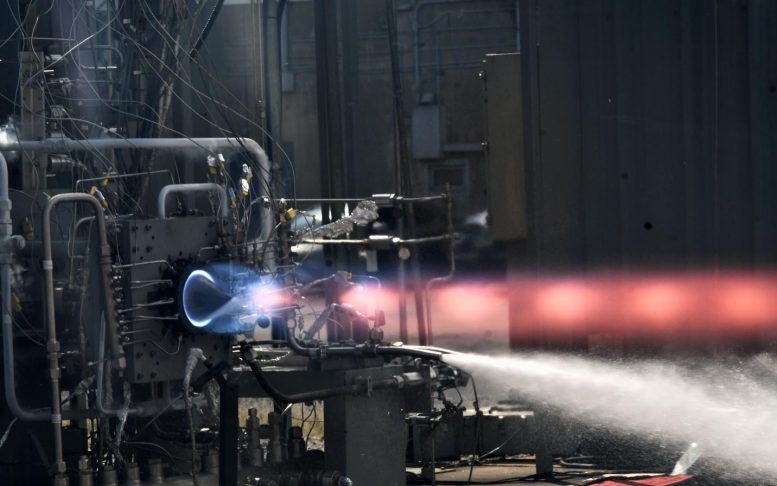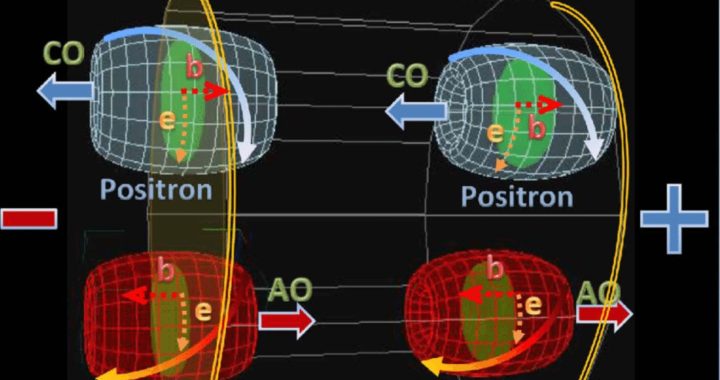La NASA progetta una propulsione rivoluzionaria per le missioni nello spazio profondo


Motore a razzo a detonazione rotante, o RDRE Hot Fire Test presso il Marshall Space Flight Center. Credito: NASA
come[{” attribute=””>NASA takes its first steps toward establishing a long-term presence on the Moon’s surface, a team of propulsion development engineers at NASA have developed and tested NASA’s first full-scale rotating detonation rocket engine, or RDRE, an advanced rocket engine design that could significantly change how future propulsion systems are built.
The RDRE differs from a traditional rocket engine by generating thrust using a supersonic combustion phenomenon known as a detonation. This design produces more power while using less fuel than today’s propulsion systems and has the potential to power both human landers and interplanetary vehicles to deep space destinations, such as the Moon and Mars.
ingegneri dentro Centro di volo spaziale Marshall della NASA a Huntsville, Alabama, e il principale collaboratore IN Space LLC, con sede a West Lafayette, Indiana, confermano i dati dei test RDRE condotti nel 2022 presso l’Eastern Marshall Test Area. Il motore è stato acceso più di una dozzina di volte, per un totale di quasi 10 minuti di durata.
RDRE ha raggiunto il suo obiettivo principale di test dimostrando che i suoi dispositivi, realizzati con la nuova produzione additiva o la stampa 3D, i progetti e i processi, possono funzionare per periodi prolungati resistendo agli ambienti di calore e pressione estremi generati dall’esplosione. Funzionando a tutto gas, l’RDRE ha prodotto più di 4.000 libbre di spinta per circa un minuto a una pressione media della camera di 622 psi, la pressione nominale più alta mai vista per questo progetto.

Motore a razzo a detonazione rotante, o RDRE Hot Fire Test presso il Marshall Space Flight Center. Credito: NASA
RDRE include il rame sviluppato dalla NASA[{” attribute=””>alloy GRCop-42 with the powder bed fusion additive manufacturing process, allowing the engine to operate under extreme conditions for longer durations without overheating.
Additional milestones achieved during the test include the successful performance of both deep throttling and internal ignition. This successful demonstration brings the technology closer to being used with future flight vehicles, enabling NASA and commercial space to move more payload and mass to deep space destinations, an essential component to making space exploration more sustainable. Because of NASA’s recent success with the RDRE, follow-on work is being conducted by NASA engineers to develop a fully reusable 10,000-pound class RDRE to identify performance benefits over traditional liquid rocket engines.

Thrust propulsion testing and characterization of the University of Central Florida rotating detonation rocket engine is shown in this photo. NASA provided funding for a UCF project focused on rotating detonation rocket engines, which use high-energy explosions to produce more energy with less fuel, improving engine efficiency and cutting down space travel costs and emissions. Credit: UCF
RDRE is managed and funded by the Game Changing Development Program in NASA’s Space Technology Mission Directorate.






